General view of the exhibition
Hall ①THE WORLD COMES TOGETHER
DIRECTORY OF EXPOS
THE GREAT EXHIBITION
PARIS, LA VILLE SPECTACLE
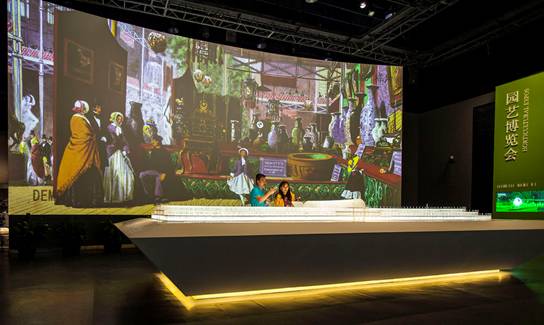
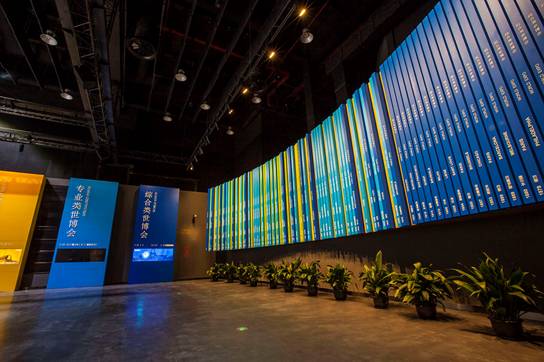

The European Industrial Revolution heralded the start of the World Exposition movement. The idea behind the Expos was to encourage friendly relations between nations, while celebrating industry, production and progress in a context of peace and friendship.
With unprecedented historical impact, the great Expositions helped to power economies, drove scientific and technological development and stimulated creativity across many fields of human experience. Above all, they improved, as they continue to, the quality of life for humanity as a whole.
World Expos were originally developed to showcase technical innovations and promote the social and cultural influence of the participating nations. Their all-encompassing nature made them a fascinating and instructive experience for visitors, exposing them to the important advances of the time. Since then, they have evolved, and driven by cooperation, education and innovation, the World Expos have become global platforms helping to find solutions to humanity’s greatest challenges.
The World Expo story began in London in 1851: The Great Exhibition of the Works of Industry of All Nations brought together participants from all over the world for the first time in the same place. In 1855 the baton passed to Paris, with the French capital hosting the first of six World Expos that, in a short period, helped modernise the city and made it the model for future Expo venues. By the outbreak of World War I, 18 Expositions had been held in major cities in Europe, the United States and even as far afield as Australia.
In 1931, responding to the growth of the Expo movement, the Bureau International des Expositions (BIE) was established to standardise the events. It currently oversees and regulates four different types of Expositions, which vary in scale and purpose: World Expos, International Specialised Expos, Horticultural Exhibitions and the Triennale di Milano.

Hall ② MOVING WITH PROGRESS
THE TRANSFORMATION OF CITIES
SCIENCE, TECHNOLOGY & INNOVATION
A WORLD TOUR
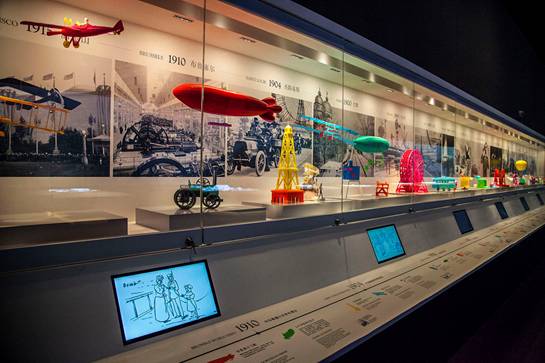
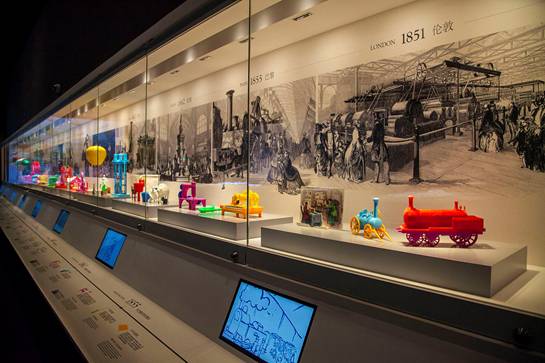
World Expos are multifaceted events aim at educating and entertaining the public while sharing innovation and fostering cooperation between nations. In the 19th and early 20th centuries the World Expos shared an encyclopaedic character and a common theme: an idea of “progress” based on industrialisation, technological advance and manufacturing. Expos had a major impact on people’s lives, raising awareness of the great developments and discoveries of the time and promoting a consumer-oriented society. Further, each Expo brought together the talent and dedication of the men and women who planned, built and operated it.
The greatest direct effect of the World Expos was the mark they made on their host cities, as perfect opportunities for development and experimentation in urban planning, architecture and design. Each Expo followed a different strategy, creating either a temporary or permanent model of the ideal city of the future. Extraordinary architectural and engineering projects saw the creation of gardens, lakes, viewpoints and incredibly creative public art programmes, contributing to the improvement and modernisation of the cities where World Expos were held.
The Expos were also the world’s leading platform driving innovation and the promotion of industry and the arts: they were arenas comprising infinite inventions that would transform societies forever. From powerful steam locomotives to electric lighting, the sewing machine and the telephone, the Expos fostered and showcased technological and artistic breakthroughs, with high-tech innovation at their heart.
Another vision of the Expo is as thrilling multi-cultural spectacles - uniquely bringing together education, entertainment and the exotic. They were the greatest leisure attractions of their time: a place for recreation, discovery and fascination. They inspired both cultural tourism and mass audiences. For the first time visitors had the opportunity to travel the entire world, within the Expo, to be amazed by exotic architecture, music, and peoples from around the globe – all in a single city.

Hall ③THE OPTIMISM OF MODERNITY
A NEW ORDER
A GLIMPSE OF THE FUTURE
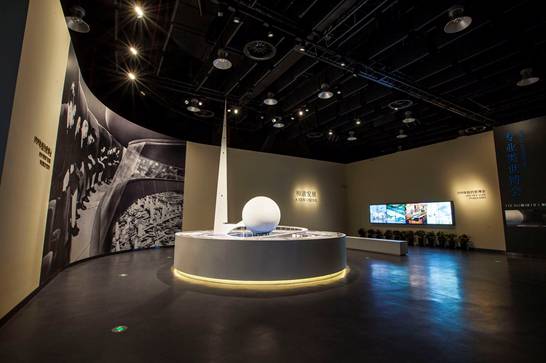
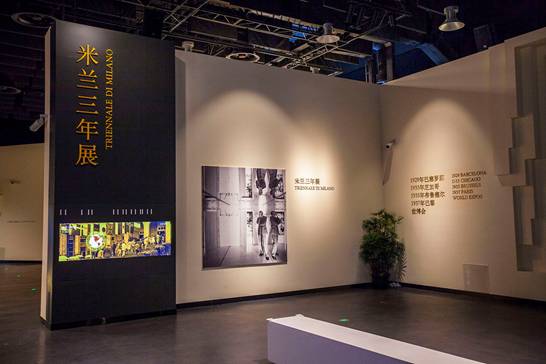
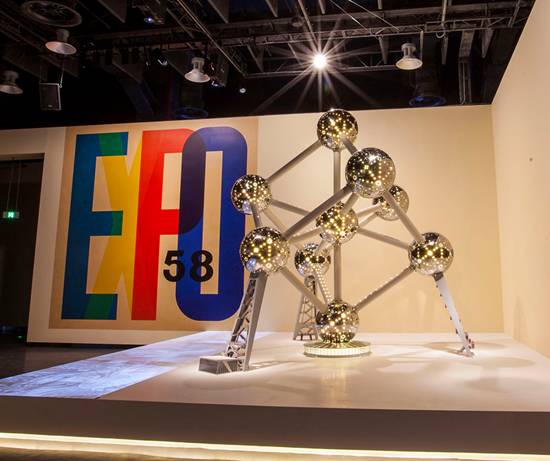
The two World Wars forever changed the ideas and values driving societies, revealing the need for a system of cooperation between states as opposed to unstinting competition. Democracy and welfare prevailed: renewed concepts of a modern world that expanded its horizons through new ways of thinking, understanding and representing reality
The World Expositions held in the period 1929-1965 reflect the overcoming of the conflicts, placing the search for balance and the maintenance of peace at the centre of the themes explored. At the Expo sites, a sense of grandeur, splendour, spectacle and the promotion of the future created an exemplary climate of harmony, modernity and optimism through an unambiguous message: the exciting construction of a better world.
An initial period, from 1929 to 1939, covers five World Expos and saw the birth of the Bureau International des Expositions (BIE), the Specialised Expos and the Triennale di Milano. A key feature of the decade is the distinctive nature of the US Expositions, differentiating them from those in Europe. While the Old Continent’s recovery from the destruction wrought by the War gave rise to shining creativity, from avant-garde artists and art deco – setting out a new aesthetic for the Expositions – the USA fought the fallout from the Great Depression with a bright optimism in science, education and the future, the impetus that reinvented and underscored the American identity through its “World’s Fairs”.
A second period, from 1947 to 1965, is characterised by the cross-cultural influence – social, political and stylistic – of the Space Age, and by an increasing thematic specialisation at seven editions of the Triennale di Milano, 13 Specialised Expositions and three World Expos. The World Expos of Brussels 1958 and Seattle 1962 are noteworthy as the formal and conceptual crystallisation of the European and US models, as well as the consolidation of the BIE at the head of the Expo movement. A belief in a confident future full of potential and the possibility for improvement nourished the spirit of these latter 25 years, albeit with the Cold War as the backdrop.

Hall ④ WORLD OF CHALLENGES
EXPOS AND ENVIRONMENT
NEW TECHNOLOGIES
STAGED CULTURE & ENTERTAINMENT
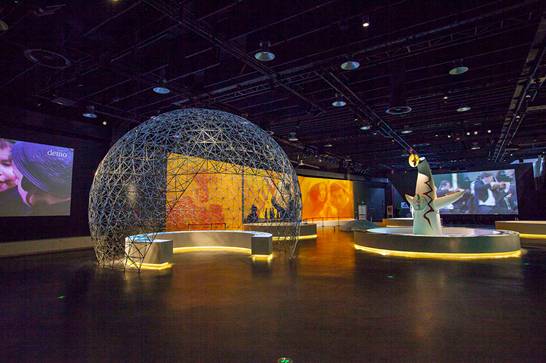
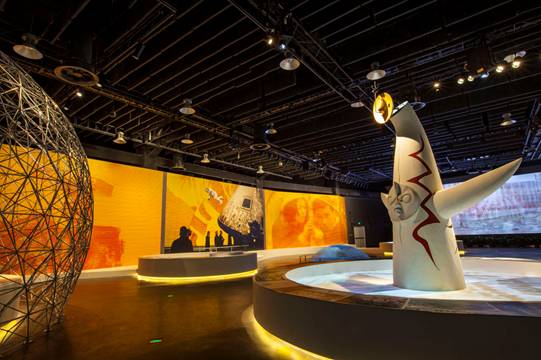
Advances in science and technology - particularly developments in information and communications technology (ICT); the preservation of the welfare state; and the era of globalisation characterised the second half of the 20th century and the start of the 21st. Within this context, a desire for harmony and sustainability accompanied the trajectory of a changing world; a movement the Expos reflected, placing humanity at the centre of their themes, with a notable focus on sustainable development and the quality of life.
Four Universal Expositions, 17 Specialised Expositions, 18 Horticultural Expositions and four editions of the Triennale di Milano form the landscape of these 40 years; a landscape which embraced a sense of responsibility and concern for more sustainable Expos, leading the BIE to introduce new concepts such as the importance of a Post-Expo Plan for each event, the consolidation of the Best Practices Area and the Expo Forum, the intellectual legacy of the Expos.
This commitment to sustainability can be observed in the planning of the Expos, as well as in the design of their sites, over what has been a period of outstanding creativity and experimentation. The architecture, design, sculpture, new media, urban art and cultural programmes on offer have made these events global magnets and artistic statements in their own right.
Noteworthy among the many Expos held in this period was the approach taken by the exemplary Montreal 67 Exposition; the expansion of the Expo movement to Asia with Osaka 70 and its wide-reaching set of themes; the regeneration of the Expo spirit at Seville 92; and the alignment with the concepts of sustainability and equilibrium, which bookended the century at Expo 2000 in Hannover.

Hall ⑤ Century’s Event
Panorama 2010
Overview of World Expo
Successful Application
Expo Planning
Expo Construction
Expo Duration
Online Expos
Expo Memory

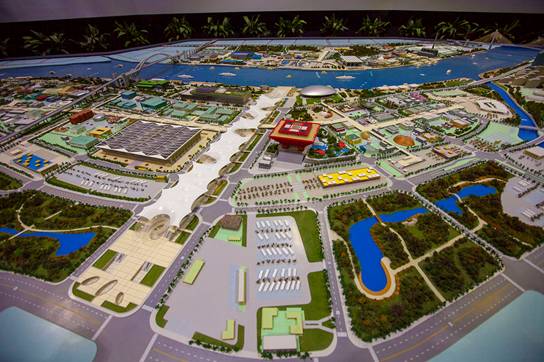
Expo 2010 Shanghai China has set up a milestone in the history of World Expo with the widest participation. It marked a gorgeous chapter in the more than 160-year history of World Expo with a successful, splendid and unforgettable event. Hall 5 highlights the "Panorama" concept from the overview, bidding success, preparation work, planning, session and impression of Expo and other aspects, from the successful biding of World Expo in 2002 to the satisfactory closing on October 31, 2010. It showcases the transformation of Expo Park in an area of 5.28 square kilometres from space.
Hall ⑥ World Civilization
The Collections from Expo 2010
World Civilization
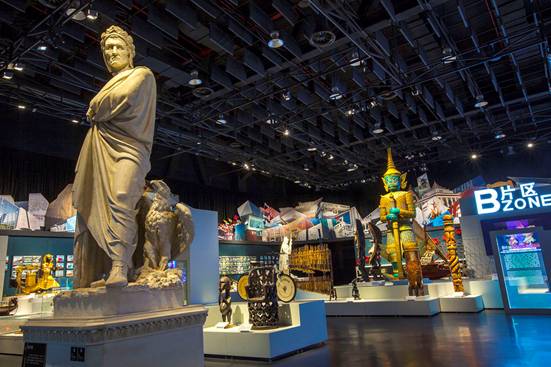
Expo collection is the typical material evidence reflecting the international and significant historical event of Shanghai World Expo, the carrier witnessing the success, keeping the splendidness and sustaining the memory. Hall 6 housed with the rare collection of the 2010 Shanghai World Expo showcases the splendour and charms of the event demonstrated by the 246 participating countries and joint pavilion of international organizations, Corporate Pavilion and Urban Best Practice Area in the five zones to the understanding of the city theme based on their own cultural backgrounds.
Hall ⑦ Chinese Wisdom
Expo Participants
Chinese Wisdom
Theme Pavilion
Landmark buildings
World Expo Annals
The Celebration of Expo 2010
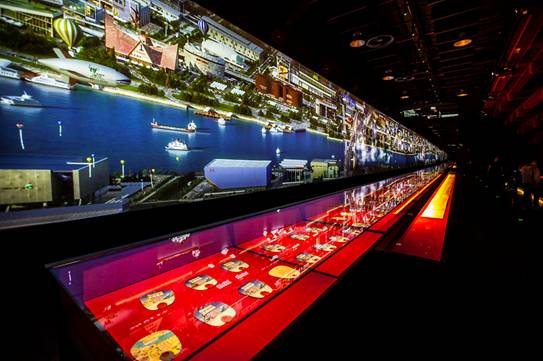
Hall 7 showcases the display forms and display stories of China Pavilion, China's Joint Provincial Pavilion, Hong Kong, Macao and Taiwan Pavilions, theme pavilion, Expo Axis, Expo Centre, Expo Culture Centre and other landmark buildings in the Expo through the combination of physical exhibits and illustrations. Large multimedia exhibition projects are also facilitated in the Hall to display integrated information on three aspects of exhibitions, events and forums of the 2010 Shanghai World Expo.
Hall ⑧ Vision of Future
World Cities Day
History in Progress
Oasis in the World
Everybody's Expo
Expo Galaxy
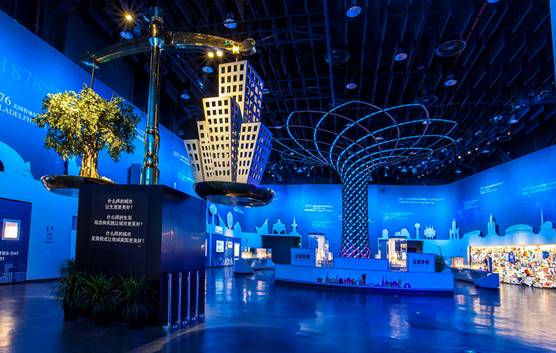

According to the chronology, Hall 8 mainly exhibits Expo 2012 Yeosu Korea, Expo 2015 Milan Italy, and the upcoming future World Expos. As the last stop of the World Expo Museum, the Hall makes a review to the more than 180 years of Expo history and delivers a message to the future. Hall 8 illustrates the "Forever Expo" theme with five chapters of "World Cities Day", "History in Progress", "Oasis in the World", "Everybody's Expo", and "Expo Sky".